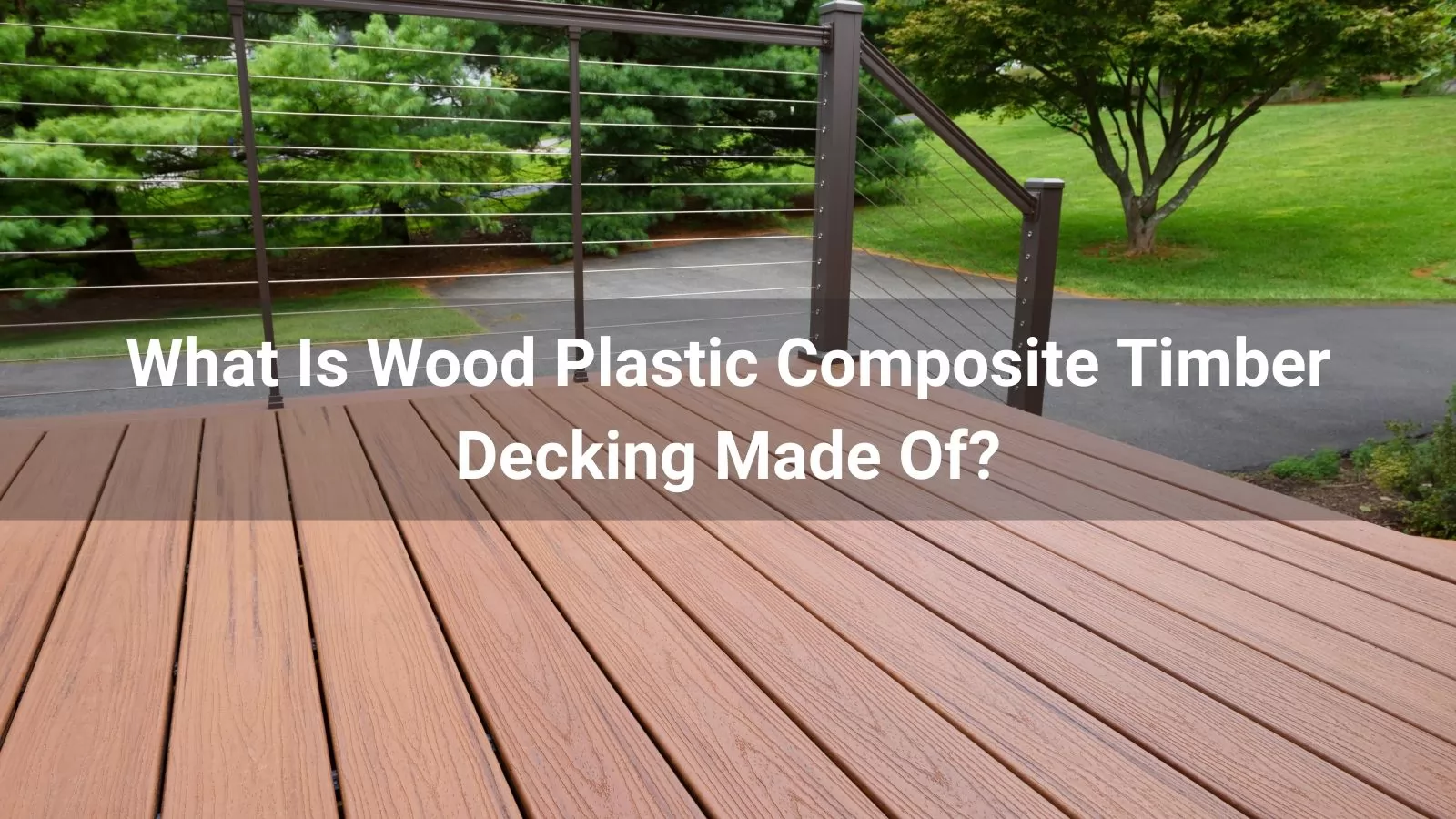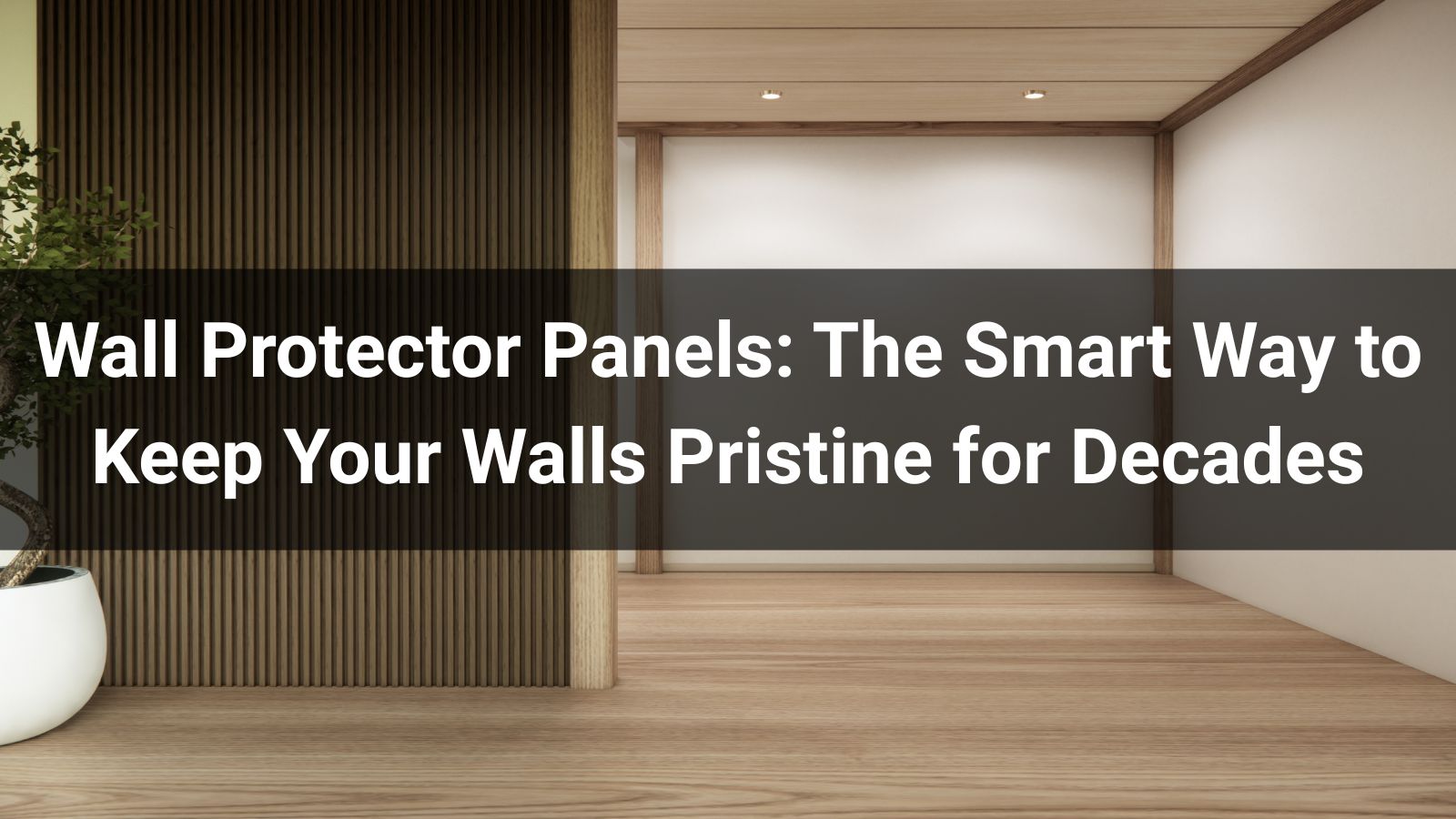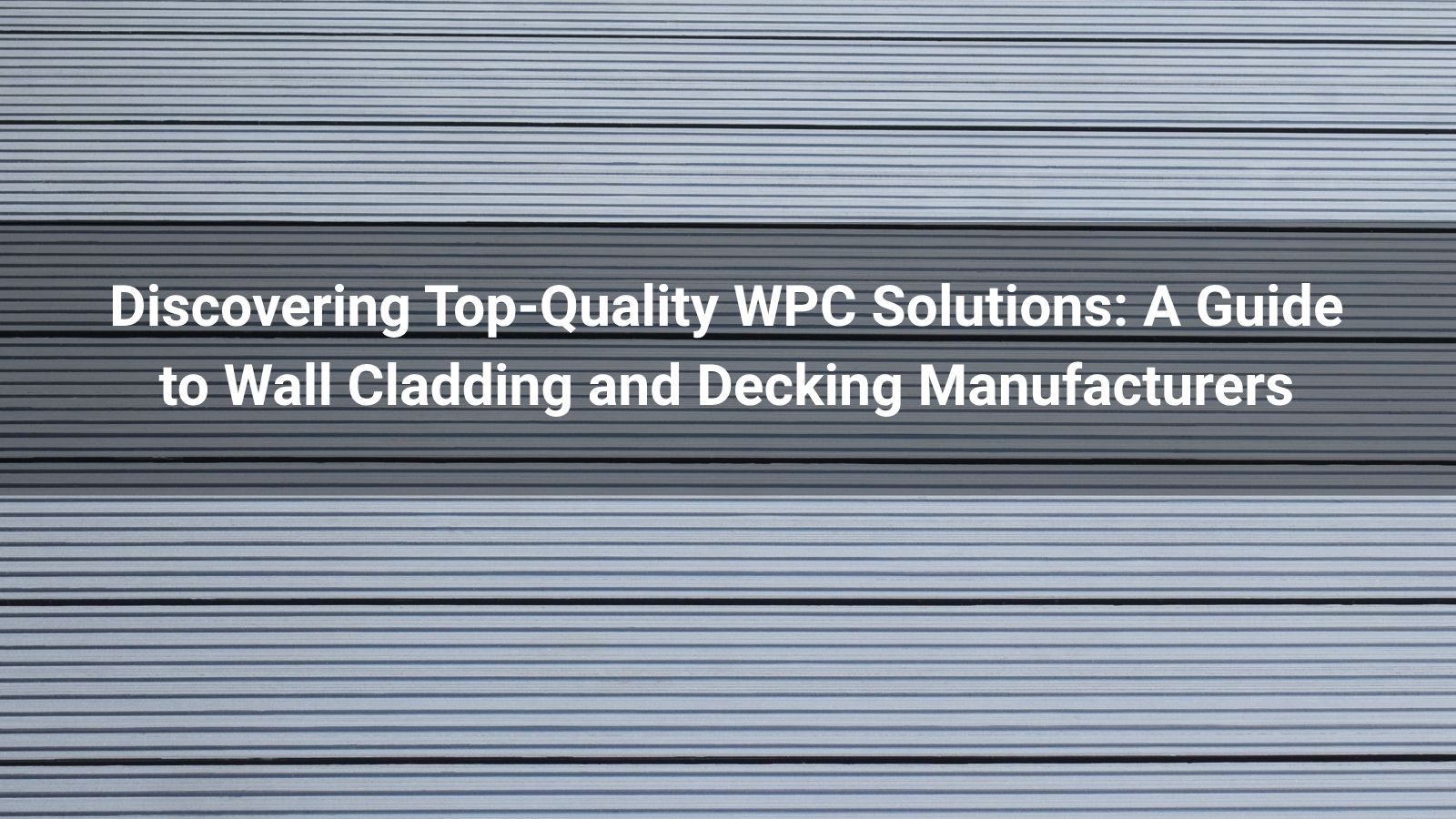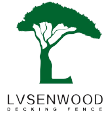

Wood Plastic Composite (WPC) decking, such as LvsenWood’s range, is an innovative and sustainable alternative to traditional timber decking. It combines the aesthetic appeal of wood with the durability and low maintenance of modern materials. LvsenWood’s WPC decking is crafted from a carefully balanced blend of recycled plastics, wood fibers, and performance-enhancing additives. This unique composition delivers a product that is both visually authentic and highly functional, offering homeowners and designers a versatile, eco-friendly solution for outdoor spaces.
LvsenWood’s WPC decking is primarily composed of two key materials: wood fibers and recycled plastics, supplemented by additives to enhance performance. The precise ratio of these components is designed to optimize both durability and aesthetics.
This hybrid composition strikes a balance between the organic warmth of wood and the robust, low-maintenance properties of plastic, making LvsenWood’s WPC decking a standout choice in the market.
LvsenWood offers two distinct types of WPC decking, each representing a phase in the evolution of composite materials: traditional WPC decking and second-generation capped WPC decking.
The original formulation, referred to as the “first generation” of LvsenWood’s WPC decking, blends wood fibers and recycled plastics to create a robust alternative to timber. Key features include:
This traditional WPC decking is ideal for those seeking a cost-effective, durable, and visually appealing decking solution with minimal maintenance.
LvsenWood’s capped WPC decking represents the latest advancement in composite technology. This “second generation” product features a protective polymer shell that encases the composite core, offering superior performance and longevity. Key characteristics include:
This advanced decking is perfect for projects requiring maximum durability and a premium finish, such as commercial spaces or luxury residential designs.
LvsenWood’s innovation extends beyond decking boards to include a range of complementary products designed to create a cohesive, low-maintenance outdoor system. These include:
These products work together to create a fully integrated, ultra-low-maintenance decking solution that aligns with LvsenWood’s environmental ethos.
LvsenWood’s WPC decking production is a carefully crafted process that prioritizes quality, consistency, and sustainability. The process starts with sourcing raw materials, where recycled wood fibers are gathered from sustainable sources such as sawdust or wood waste from manufacturing. Recycled plastics, sourced from post-consumer or industrial waste, help reduce landfill contributions. These materials are then blended in a precise 70:30 ratio of wood/additives to plastic to ensure an ideal balance of strength, appearance, and durability. The blended mixture is heated and extruded into decking boards using specialized molds, creating a uniform structure.
For second-generation capped WPC decking, a polymer shell is co-extruded around the composite core, adding a protective barrier that enhances performance and aesthetics. After extrusion, the boards are cooled, cut to size, and embossed with textures to replicate natural wood grain. Rigorous quality checks ensure each board meets LvsenWood’s high standards. The finished boards are then packaged using eco-friendly materials and distributed to customers worldwide, delivering a product that is not only durable and attractive but also environmentally responsible.
The unique composition and manufacturing process of LvsenWood’s WPC decking deliver a range of benefits:
Sustainability is at the core of LvsenWood’s mission. By prioritizing recycled materials and developing long-lasting products, the company minimizes its environmental footprint. The use of reclaimed wood and plastics reduces deforestation and plastic waste, while the durability of WPC decking ensures fewer replacements over time. Additionally, LvsenWood’s subframe solutions and accessories are designed to be recyclable, further supporting eco-conscious construction practices.
LvsenWood’s wood plastic composite decking is a testament to the power of innovative materials and thoughtful design. By blending 70% wood fibers and additives with 30% recycled plastics, LvsenWood creates a product that combines the beauty of natural wood with the resilience of modern composites. Available in traditional and capped varieties, their WPC decking caters to a range of needs, from budget-friendly projects to high-end installations. Complemented by sustainable subframe solutions and a commitment to environmental responsibility, LvsenWood’s WPC decking is a leading choice for durable, low-maintenance, and eco-friendly outdoor spaces.
For more details on LvsenWood’s products or to explore their range, visit LvsenWood’s official website.











